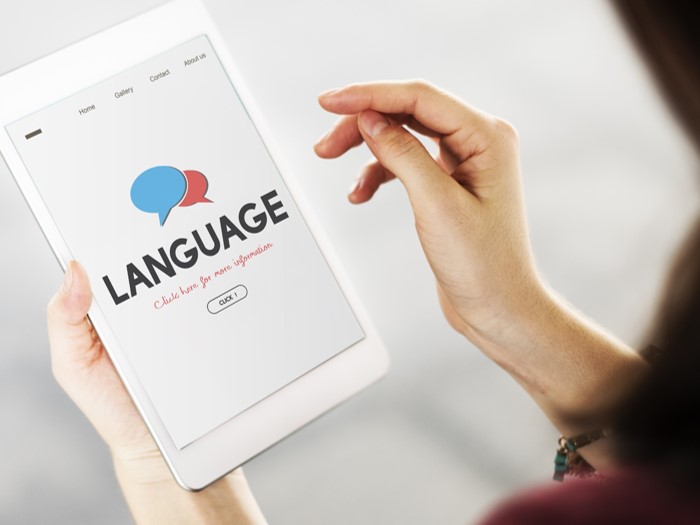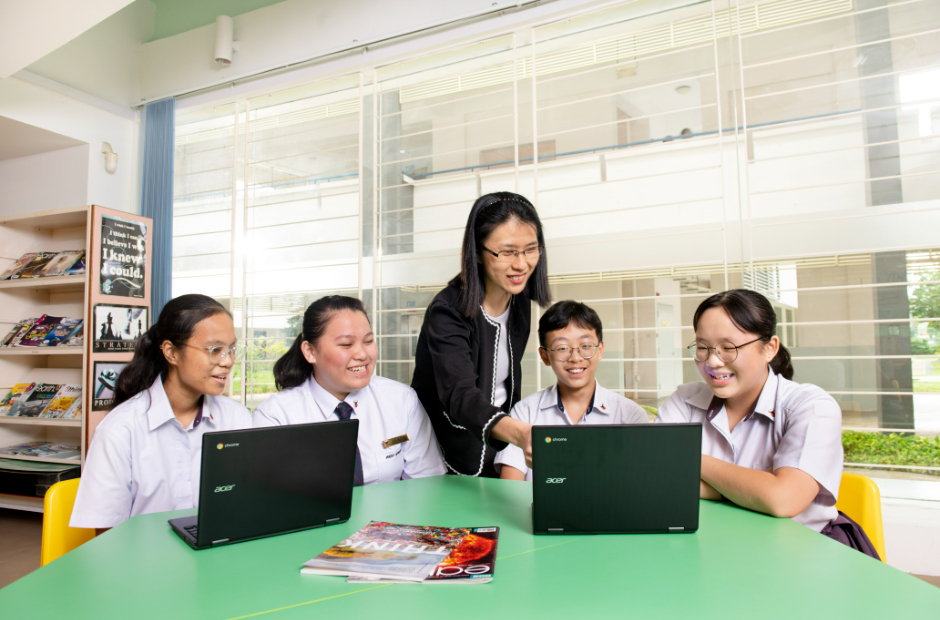How ICT can help your child learn Mother Tongue Languages
21 Mar 2017


Mastering a language is not easy. In today’s context, English is used more often at home, which makes mother tongue languages harder to master.
According to research, the average time spent with screen media outside the classroom among 8- to 18-year-olds is more than twice the average amount of time spent in school each year. So while learning mother tongue languages in the classroom can ground them in the basics, out-of-class ICT experiences are crucial.
So how do we manage our child’s ICT experience so that it’s beneficial? Dr Chun Lai, Associate Professor at the University of Hong Kong, shares three Cs that parents can use as guidelines.
Content
It is important to select the right type of ICT content. Many parents rely on categories in the mobile app store and tend to browse through those which are popular or recommended. However, these are not necessarily educational. Parents would be better resourced by looking at recommendations from educators, such as through Commonsense Media which even sorts apps according to age-appropriateness and subject.
For beginner readers, Dr Lai recommends looking out for the following features:
- Personalisation – enabling children to pause and replay individual words
- Matching visuals – the text highlighted should match the audio and the animation
- Visuals that facilitate comprehension
- Interactive questioning
- Combine learning to read with learning to understand the world
Parents should look out for apps with interactivity along a story’s plot line, as they are more focused and useful, rather than those which merely encourage kids to click at various points. Children will learn words within the story, match words to visuals and start to comprehend. For example, in this interactive e-book about Little Red Riding Hood, children select food items to place in a basket for Little Red Riding Hood to bring to her grandma. The names of the items are mentioned as they are selected, hence teaching words where the attention of the child is focused.
However, a simple e-book can also be more effective than an interactive e-book. For young children, parent-child interaction is crucial for learning. Using a simple e-book, parents can interact with their child by explaining words in their mother tongue language and elaborating on how the content is related to real life.
Context
Authentic engagement with caregivers should be the context within which ICT is used. As you use any form of ICT with your child, help them to connect what they see with the real world, and encourage critical thinking and creativity.
How we engage matters. One important method is to talk with the child, not at him or around him. This means having a conversation, not a one-way instruction or talking to someone else while the child is there. Children pick up language better through conversations. You can even try a child-friendly manner, such as using a higher pitch, slowing down, pausing and asking questions.
Well, what do we talk about? Employ open ended questions using your mother tongue language to encourage a deeper understanding. For example, “How do you know this?”, “What do you think is going to happen next?” or “How do you feel about this?” This method works, whether you are reading an e-book, watching a video, testing out skype, browsing through social media or even looking at an advertisement.
Child
At different ages, children have different learning needs and respond in different ways. Parents need to be aware of this even as they manage their child’s ICT experience and enable learning of mother tongue languages through ICT.
For infants and toddlers, adult-child interaction is crucial. Shared screen time should be used as opportunities to talk with the child using the mother tongue language, which allows you to demonstrate new vocabulary. But when the child reaches the pre-school and kindergarten age, a sense of initiative and creativity grows. At this stage, parents can use technologies as outlets for communication and creativity. For example, you can engage the child in digital storytelling by using cameras, recorders and printers. For children who are at primary school age, focus on encouraging self-expression and allow them to experiment.
As they reach their teenage years, the role of a parent changes. Learn to show interest in them, listen, respect them and even empower them. Young children respond to routines. If we set a routine of a fixed amount of screen time per day, they will accept and comply. For teens, it would be better to listen to their opinion, get their buy in and set up a mutual agreement. For example, the agreement may include sharing with parents how they are using ICT for language learning, allowing parents to check their internet history, not using phones at meal times, or not meeting strangers online. Parents, too, may be required to adhere to certain clauses in the agreement! Ultimately, it’s about building a bond of trust.
By balancing out the three Cs, parents can use ICT effectively to aid their children with their out-of-classroom language learning. While ICT is not the be all and end all of mother tongue language learning, it is still part of the environment that our children grow up in. By enriching their environment with quality language use and experience, they will engage with it more often and experience success, which will boost their confidence and motivate them to learn further.
To get parents started on using ICT for language learning, Dr Lai recommends these free online resources:
- Learning through songs: Lyricstraining
- Learning through videos: Yabla, FluentU
- Learning through online platforms: Duolingo, Babbel, Memrise, Confucius Institute Online
- Learning through language exchange blogs: Lang-8



.jpg)

